I Tried Living on Cash Only for a Month—Here’s What I Learned
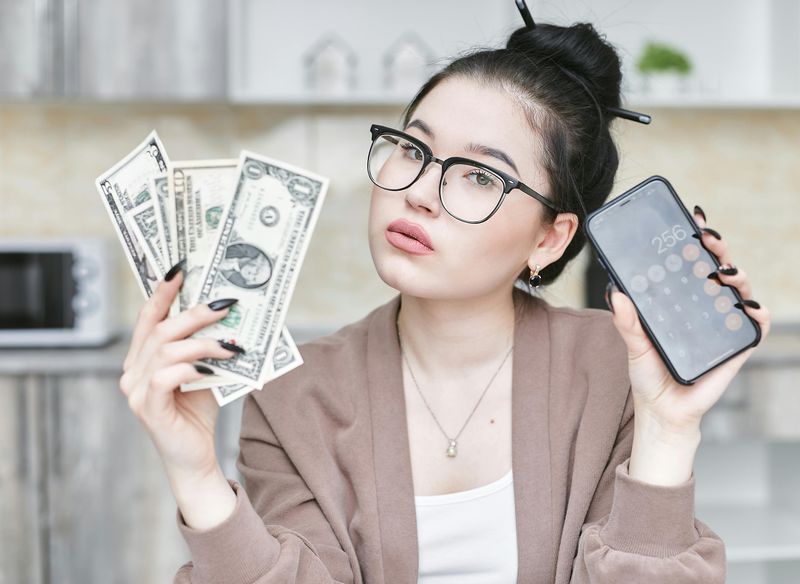
When I first decided to ditch my debit card and live on cash for 30 days, I thought it would be a fun budgeting experiment. I imagined myself feeling more “in control” of my spending, maybe saving a few extra dollars, and proving I had the willpower of a minimalist monk.
What I didn’t expect was how much this challenge would mess with my daily habits—and my mindset. Paying for everything with paper money made me see my financial behavior under a microscope.
By the end of the month, I’d learned more about myself than I ever did from tracking spreadsheets. Here are the ten biggest lessons I walked away with.
1. Spending Feels Real When You’re Physically Handing Over Money
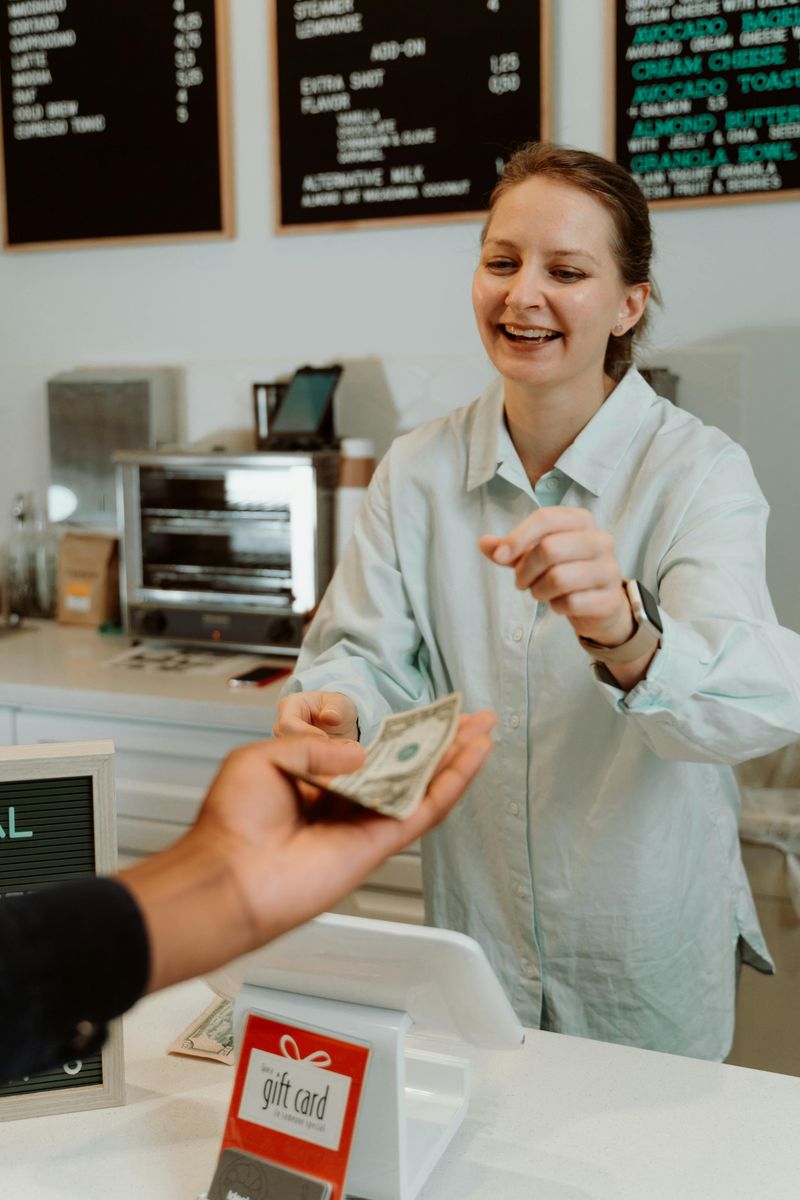
There’s something powerful about the weight of a $20 bill leaving your hand. When you physically part with your money, you feel the transaction on a deeper level than when you casually swipe a card. It’s like your brain suddenly realizes, “Wait—this is real money.”
Every purchase, from groceries to takeout, became more intentional. I started questioning the value of things I’d usually buy without hesitation. Did I really want to trade my hard-earned cash for this coffee, or could I make one at home?
That moment of hesitation is what digital payments remove. Cash makes you slow down, which might be inconvenient—but it’s also the reason it works.
2. You Think Twice Before Every Purchase

It’s amazing how quickly your priorities shift when your wallet has a finite amount of money. Each time I reached for cash, I paused and asked, “Is this worth it?” That tiny moment of reflection saved me from countless impulse buys.
Instead of acting on emotion, I found myself making more thoughtful choices. I started distinguishing between “want” and “need” in real time—something my credit card never encouraged me to do.
By the second week, I was almost proud of saying no to unnecessary purchases. It wasn’t about deprivation; it was about control. And honestly, that felt good.
3. Budgeting Gets Easier When It’s Visual

Numbers in an app don’t hit the same as seeing your envelope get thinner by the day. Dividing my cash into categories—like food, gas, and fun—turned budgeting into something tangible and even (dare I say) satisfying.
Each envelope told its own story. The “eating out” one always ran low first, while the “household” category barely moved. I could instantly see where my weak spots were without scrolling through digital statements.
Managing cash this way felt old-school, but it worked. There’s no denying that when your money is visible, accountability becomes unavoidable.
4. Impulse Buys Practically Disappear
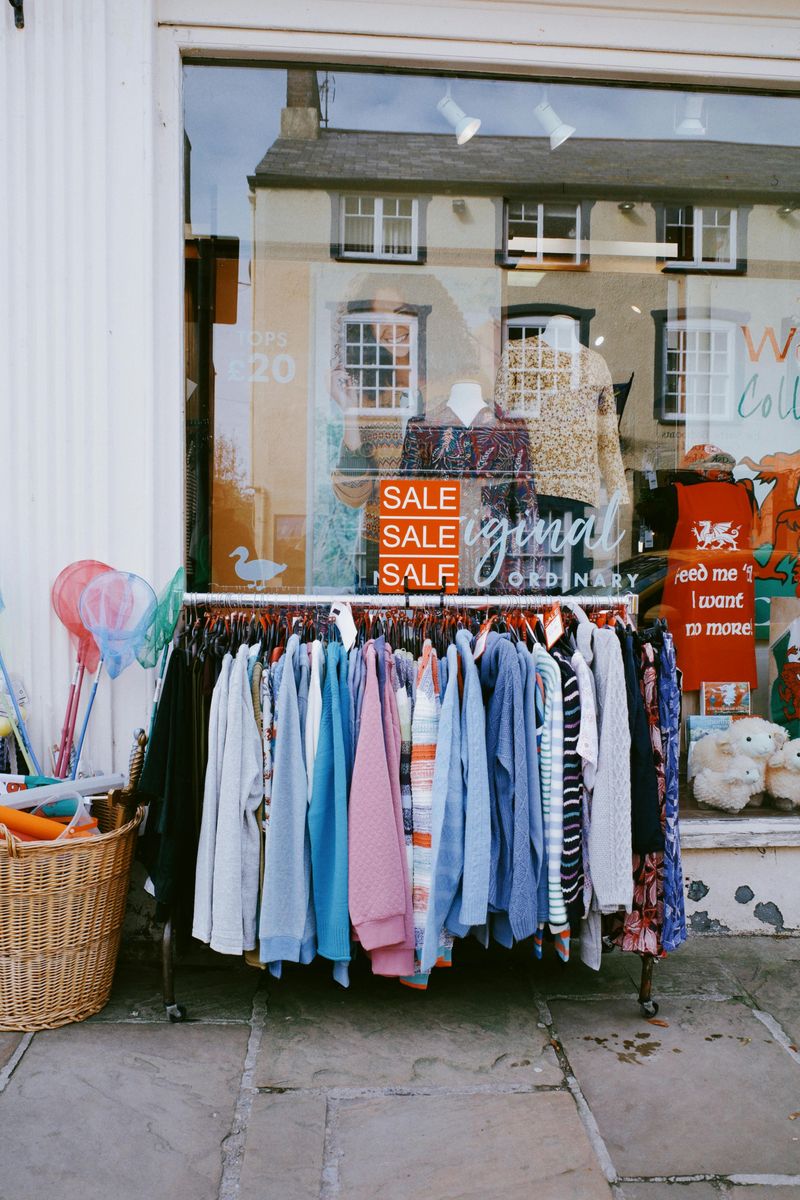
When online shopping is just a click away, temptation is constant. But when you’ve committed to cash-only living, those midnight Amazon sprees simply can’t happen. No card, no checkout.
That one barrier—the absence of a “pay now” button—was surprisingly effective. I started sleeping better knowing I wasn’t waking up to regretful confirmation emails. Even in stores, I stopped grabbing random extras at the checkout because I literally didn’t have the spare cash.
By week three, I realized how much of my spending had been driven by boredom or habit. Once that easy option was gone, I filled my time (and satisfaction) elsewhere.
5. Some Modern Conveniences Become a Hassle
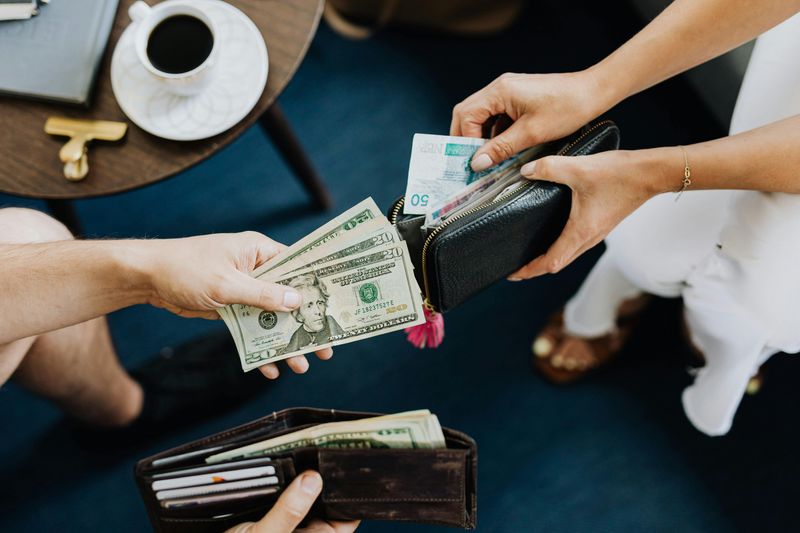
Let’s be honest: not everything in today’s world is built for cash users. Gas stations, food delivery apps, and even some parking meters looked at me like I was from another century.
Paying bills was another headache. Some companies still accept cash—but only if you go in person. That meant extra trips, lines, and minor frustrations that made me miss the simplicity of autopay.
Living on cash reminded me how dependent we’ve become on digital convenience. It’s not all bad, but it’s definitely made us forget how to plan ahead.
6. You Notice How Often You Spend “Just Because”
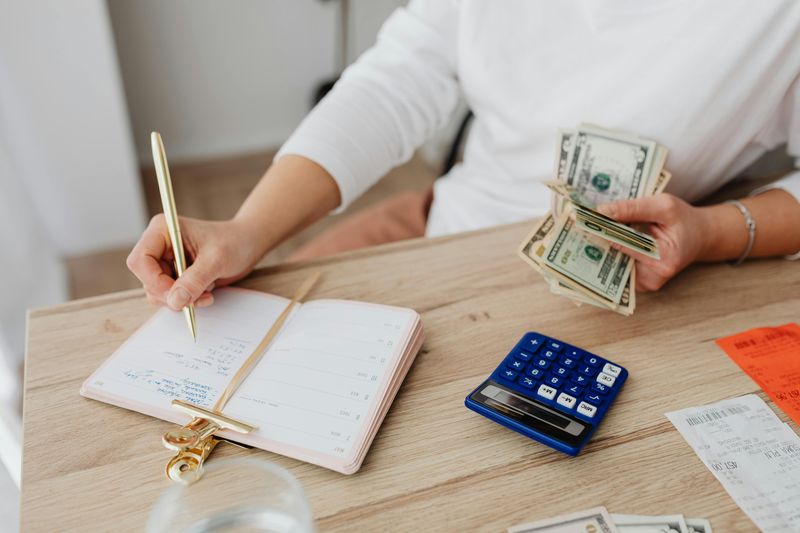
Before this experiment, I thought I was a pretty mindful spender. Turns out, I was just a mindless swiper. Without easy access to my debit card, I started realizing how many small purchases I made just because I could.
A quick coffee here, a snack there—it all added up. Having to physically hand over cash made me second-guess whether those little indulgences were actually worth it. Spoiler: most weren’t.
By cutting out those “just because” moments, I ended up saving more than I expected—without feeling like I was sacrificing anything meaningful.
7. Carrying Cash Changes How You Socialize

Nothing tests your discipline like a friend suggesting dinner out when you’ve got $12 left in your “fun” envelope. I had to get creative—inviting people over, suggesting coffee walks, or hunting for free events around town.
It wasn’t always easy, but it made me appreciate experiences that didn’t revolve around spending. Conversations felt more meaningful when they weren’t drowned in restaurant noise or cocktails.
Oddly enough, my social life didn’t shrink—it evolved. Friends respected my goal, and a few even started carrying cash themselves out of curiosity.
8. You Appreciate Every Dollar More

Money feels different when you can touch it. I found myself treating my bills with a level of respect I never gave my debit card balance. Folding a crisp $10 or counting out change made me feel connected to the value of what I’d earned.
Each purchase became a trade—something tangible given for something tangible received. That connection changed the way I saw both my money and my time.
It’s easy to forget that every dollar represents effort, but when it’s right in front of you, that truth becomes impossible to ignore.
9. You Save More Than You Expect—Without Even Trying
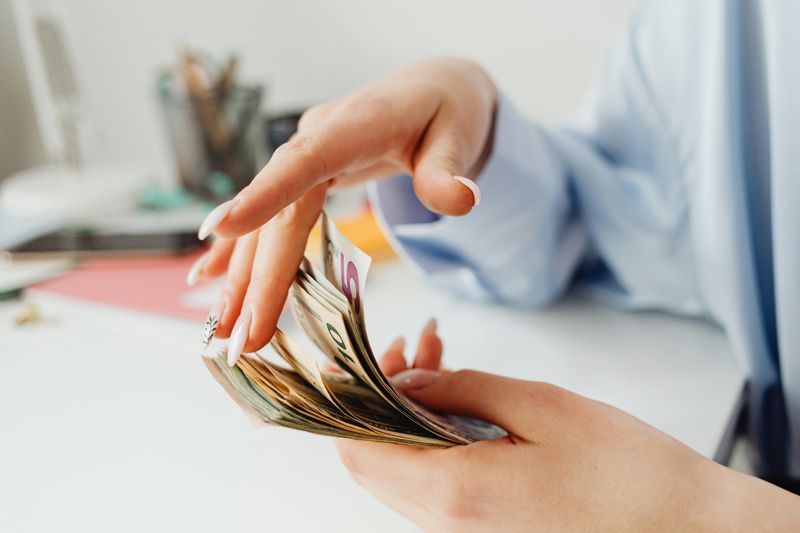
By the end of the month, I had extra cash in my envelopes—and I wasn’t even sure how it happened. Without constant digital access to my bank account, I’d simply stopped spending so much.
The boundaries of the system worked naturally. Once the cash was gone, that category was closed for the week. No temptation to “borrow” from next month’s money or charge it to a card.
It wasn’t just about saving—it was about feeling secure. Knowing exactly where my money went (and that I still had some left) was incredibly satisfying.
10. A Hybrid System Might Be the Sweet Spot
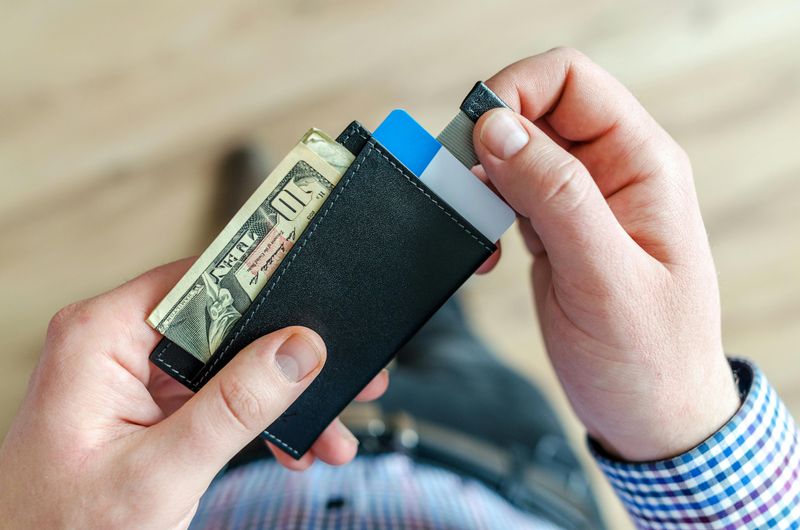
After four weeks, I was ready to rejoin the modern world—but not without taking a few lessons with me. Total cash-only living is tough, but combining it with digital tools could be the perfect balance.
Now, I keep cash for categories where overspending is easy—like groceries and entertainment—while letting autopay handle the boring stuff like bills. It’s the best of both worlds: discipline and convenience.
The experiment taught me that money habits aren’t just about what you spend—they’re about how you spend. And for me, a little bit of paper goes a long way toward peace of mind.

Comments
Loading…